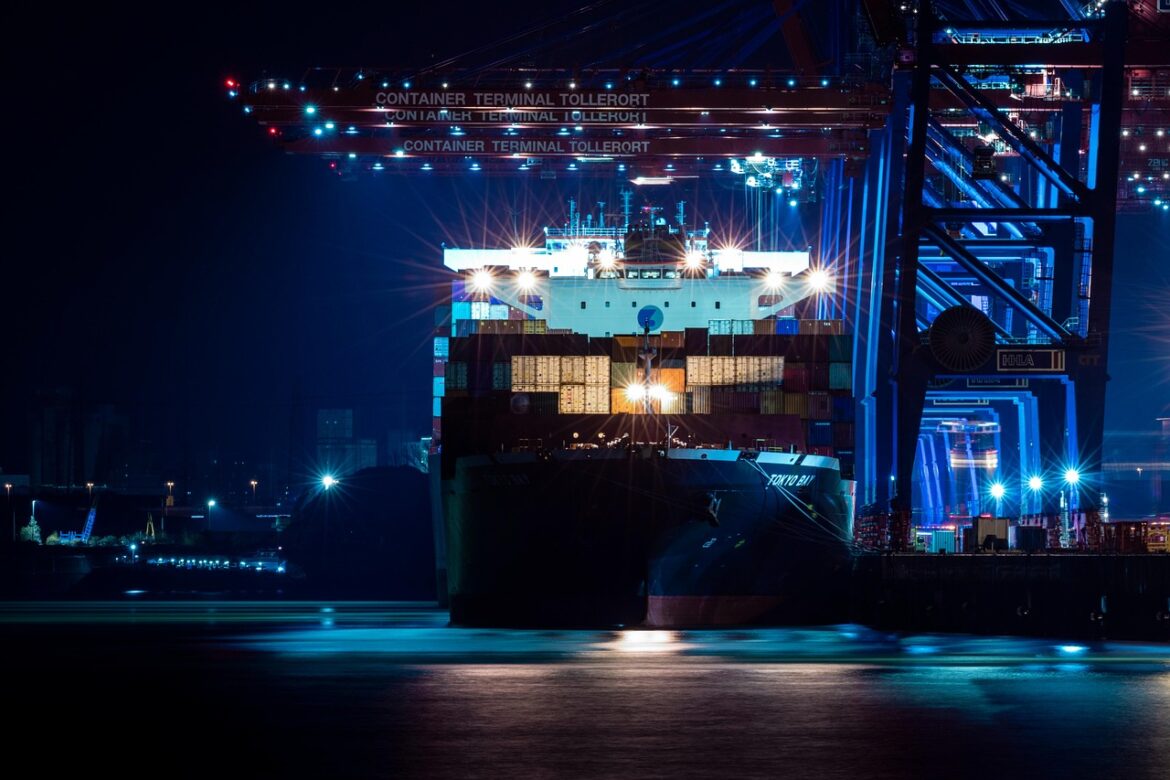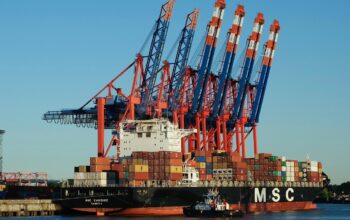Navigating a Complex 2025 Supply Chain Landscape
Supply chains in 2025 feel the seismic effects of evolving politics, tariffs, trade negotiations, and technological innovation. The year continues to be defined by efforts from governments and companies to adapt supply and logistics strategies amid uncertainty and opportunity.
Tariffs and Trade Truces
One of the headline developments is the 90-day pause on the steepest tariffs between the US and China. This temporary truce has triggered import surges and increased shipping rates, demonstrating how sensitive supply chains remain to trade policy shifts.
Meanwhile, companies like Honda and Nissan are grappling with tariffs by adjusting production strategies. Honda is postponing a massive $11 billion EV plant investment in Canada, aiming instead to ramp up US production to avoid duties. Nissan is deploying mitigation tactics with suppliers aiming to cut the tariff impact by nearly a third. Elsewhere, footwear brands, including Crocs, are lobbying for tariff exemptions amid ongoing trade uncertainties.
Amid these tariff maneuvers, Walmart has warned consumers to brace for price increases, reflecting cost pressures due to these duties.
US-UK Trade Talks and Future Deals
The unfolding US-UK trade negotiations signal potential tariff rollbacks on British steel, aluminum, and cars in exchange for expanded US market access. However, this evolving approach suggests a fragmented trade strategy requiring multiple bilateral deals, signaling complexity ahead.
This multi-front trade diplomacy indicates a shift from previous large multilateral agreements toward numerous “mini deals,” adding layers of negotiation and uncertainty to international supply chains.
Market Responses and Stock Outlooks
Financial markets have reacted optimistically to recent tariff easing and trade talks, with the S&P 500 climbing beyond previous levels. However, experts caution that sustained gains hinge on further progress in US-China relations and Beijing’s economic stimulus moves.
The pharmaceutical sector faces volatility due to potential drug pricing reforms and tariff concerns, although experts suggest some sell-offs might be overdone.
Technological Innovation and Automation
On the operational front, automation is stepping beyond just large warehouses. Mid-sized facilities increasingly adopt robotics and tailored automation solutions, driving efficiency improvements.
Significant investments in supply chain software, AI-powered decision-making tools, and autonomous freight technologies are shaping the logistics ecosystem. Partnerships between logistics giants and innovative tech firms signal a digital transformation accelerating in 2025.
Emerging collaborations, like DHL’s plan to deploy 1,000 robots, underscore a future where humans and machines work side by side to optimize warehouse and transportation functions.
Real-World Examples That Bring These Trends to Life
- FedEx and Amazon recently reached a major delivery deal that signals a thaw in their previously cooled relationship, impacting last-mile parcel delivery.
- Lego is expanding its North American footprint with a new distribution center in Virginia, responding to growing demand and aiming to boost supply reliability.
- Texas sees legislative moves debating bans on driverless trucks even as partnerships like Uber Freight and Hirschbach push for autonomous transport.
What It Means for Businesses and Consumers
Businesses must navigate a maze of tariff regulations, shifting trade agreements, and technological opportunities. Supply chain resilience increasingly depends on agility and visibility from end to end.
Consumers may feel the squeeze from rising costs but also benefit from faster deliveries and improved product availability as companies innovate and adjust strategies.
Looking Ahead
2025’s supply chain story is one of adaptation—balancing tariff tensions, reimagining international trade, and embracing automation and AI. The outcomes will influence global manufacturing, retail pricing, and the very way goods traverse the world.
Supply chain leaders are watching trade talks closely, investing in tech, and preparing for a landscape where change is the only constant. Keeping an ear to the ground and eyes on operational flexibility will be essential as global politics and technology continue to shape the supply chain journey.
In sum, 2025 is proving that supply chains are not just about moving goods—they’re about navigating a constantly shifting global political and economic terrain.
References:
- https://www.supplychaindive.com
- https://logisticsviewpoints.com/2025/05/16/supply-chain-and-logistics-news-may-12th-15th-2025/
- https://talkinglogistics.com/2025/05/16/above-the-fold-supply-chain-logistics-news-may-16-2025/
- https://www.colliers.com/en/research/nrep-usind-colliers-supply-chain-solutions-report-may-2025
- https://www.logisticsbusiness.com/digital-issues/may-2025/
- https://www.ubs.com/us/en/wealth-management/insights/investment-research/potus-47/articles/quick-takes-on-the-second-trump-administration.html
- https://theloadstar.com/navigating-supply-chain-trends-in-2025-efficiency-visibility-and-adaptability/
- https://www.epi.org/policywatch/



